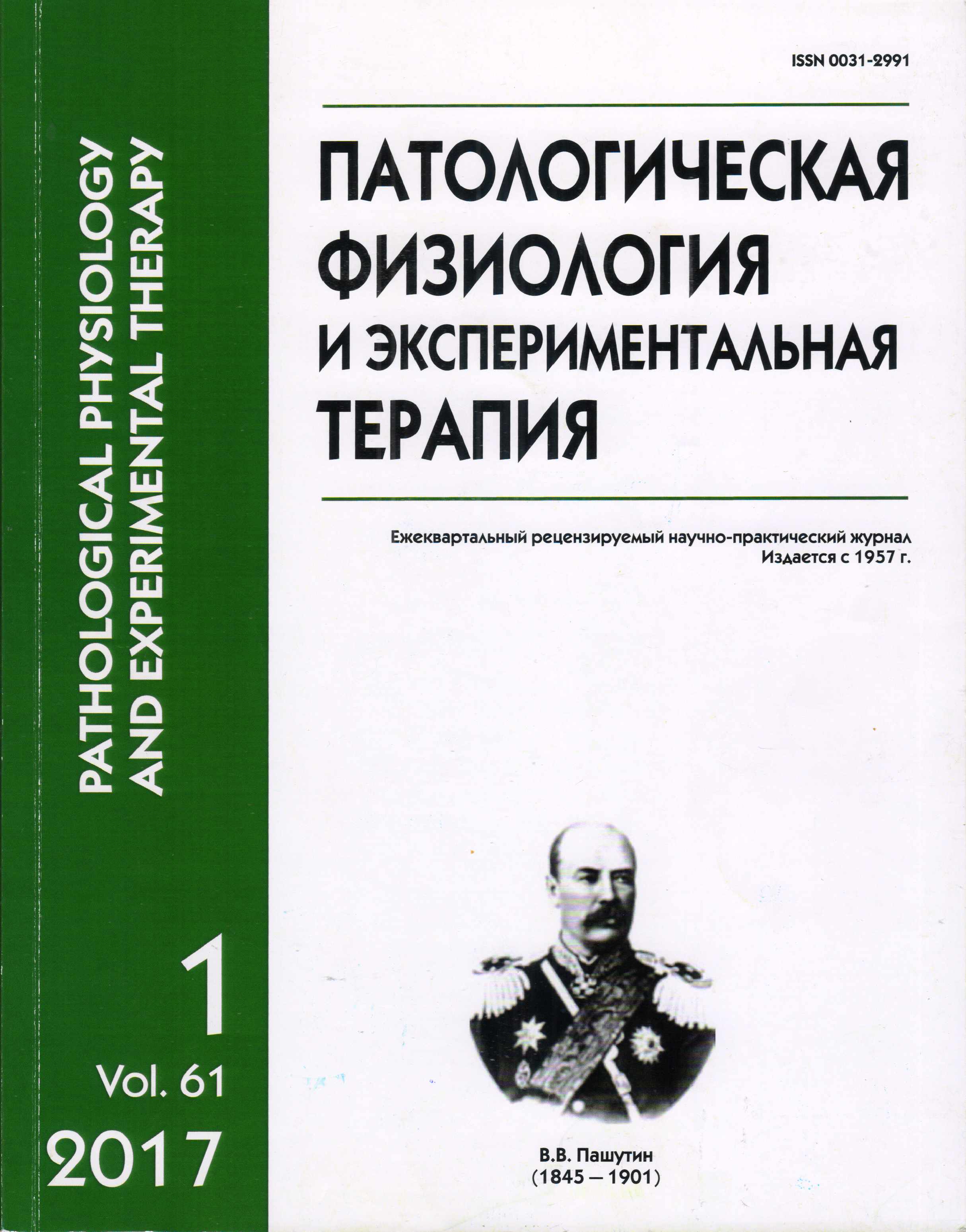A rat model of exogenous hypercholesterolemia and blood plasma fatty acids; species specific features of lipoproteins, effects of statins and w-3 polyenic fatty acids
Abstract
In rats, high density lipoproteins (HDL) account for 60%, low density lipoproteins (LDL) and very low density lipoproteins (VLDL) for about 20% each of total plasma lipoprotein content. There was no statistically significant increase in plasma cholesterol (CL) and triglyceride (TG) contents after feeding rats a cholesterol-enriched diet (daily dose 2.5 g) for 2 months, lipoprotein CL content increased insignificantly, while increase in VLDL CL content was statistically significant. Rats weakly responded to dietary CL, the addition of polyenic FA (PFA) increasing hepatocyte secretion of VLDL but not of LDL. Neither CL nor simvastin produced any significant increase in plasma content of miristinic saturated fatty acid (SFA), the content of palmitic SFA increased insignificantly, while their contents increased significantly under the effect of w-3 PFA. CL produced no change in the content of oleic monounsaturated FA (MFA) which increased significantly under statins and PFA. The palmitate/oleate ratio was 2.01 in the control and under the effect of w-3 PFA it decreased to 1.43. w-3 PFA produced a 2-fold increase in plasma content of Docose. Statins increased plasma content of С20:3 unsaturated FA, the increase being statistically significant only under the effect of w-3 PFA. Compared with rabbits, weak effects of exogenous hypercholesterolemia and statins in rats result from pronounced phylogenetic differences in the formation of lipoprotein system in these animals. Pleiotropic effects are produced by eicosanoids, phylogenetically early humoral mediators. According to a universal algorithm, hypolipidemic drugs block the synthesis of polar CL in VLDL and normalize cellular uptake of PFA via apoВ-100 endocytosis. These PFA exert pleiotropic biological and physiological effects in vivo.






